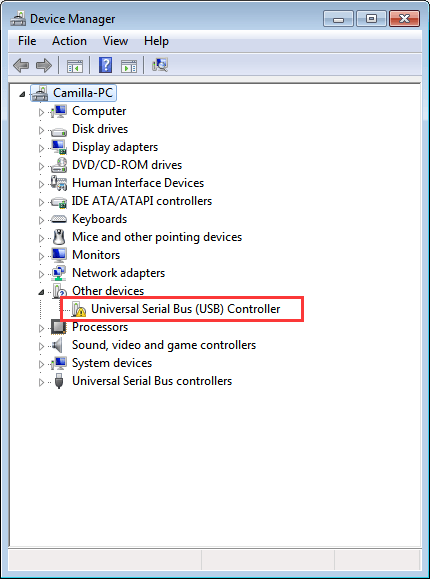
This command will set the primary monitor to have a scaled version of the entire display.
Xrandr -output DVI-I-3 -primary -rotate left -mode 1080x1920 -rate 75 -auto -output DVI-I-2 -mode 1152x864 -rate 75 -auto -same-as DVI-I-3 -scale-from 1920x1080Īlthough the Rift SDK reccomends not rotating the secondary display, not doing so seems to cause issues with a number of programs. Say our primary monitor is DVI-I-2, and DVI-I-3 is the Rift, and that 1152x864 is the highest mode that supports 75Hz. You should test each to see if each application works correctly unrotated first. Unfortunately only certain applications work correctly with this. With the display unrotated, this extra frame of latency is removed and you get a much improved experience (equivalent of Direct Mode on Windows). Note: Having the display rotated adds an extra frame of latency, which makes it operate at the equivalent of Extended Mode on Windows. The Rift itself needs to be the primary monitor, or synchronization will not work properly. In addition, if you have a cloned video mode in which your ordinary monitor runs at a lower refresh rate, then often games will lock themselves to the lower refresh rate. This package will set up the oculusd daemon to run when you start an X session, so it should be running in the background after you have installed it and restarted X (or started it manually).įor the Rift to function optimally, only certain video modes work very well. The official Oculus Rift SDK is available on the AUR as oculus-rift-sdk AUR, or a modified version with CMake build support and other features is available as oculus-rift-sdk-jherico-git AUR. You also need to be in the input and video groups to have full permission, plugdev is no longer neccesary (as the mode is set to 0666). The oculus-udev AUR package will setup proper udev rules. The Oculus Rift device connects via HDMI as a secondary display to your graphics card, as well as by USB in order to perform as a sensor.

3.4 Oculus DK1 not showing as monitor or showing disconnected when running xrandr.3.3 Inaccurate latency readings for legacy applications.3.2 Camera misbehaving after suspend/resume.


 0 kommentar(er)
0 kommentar(er)
